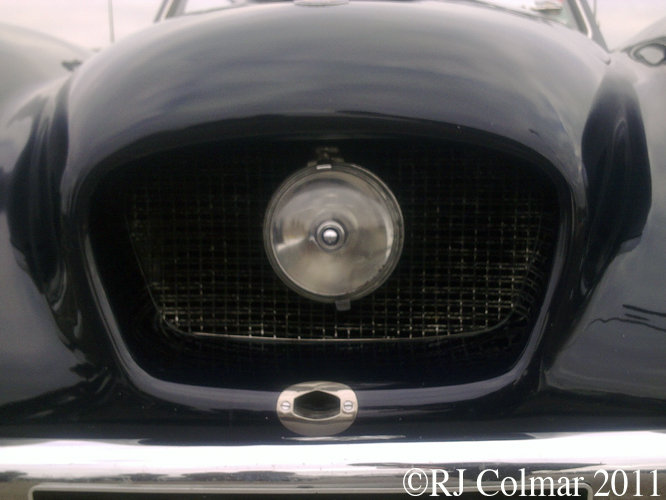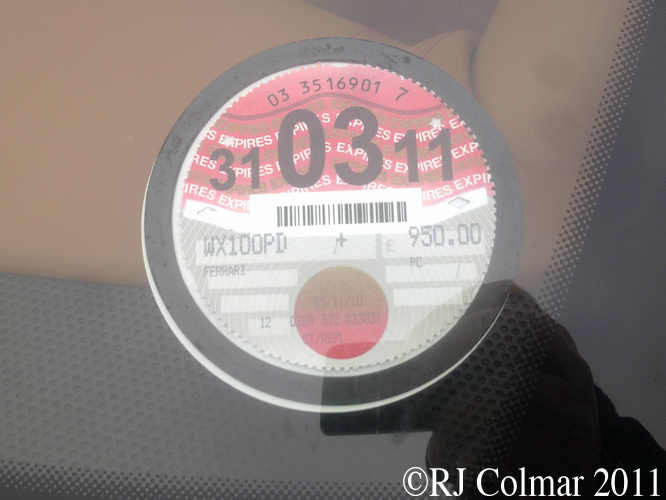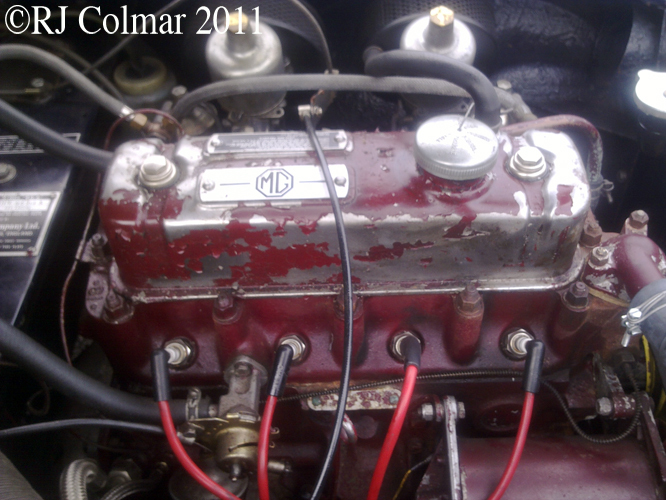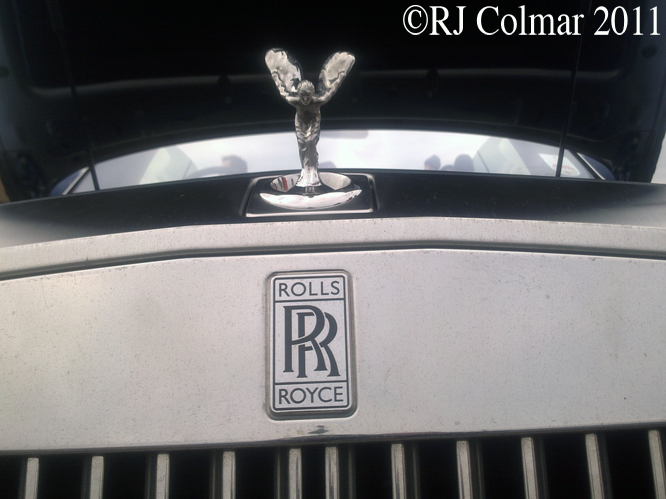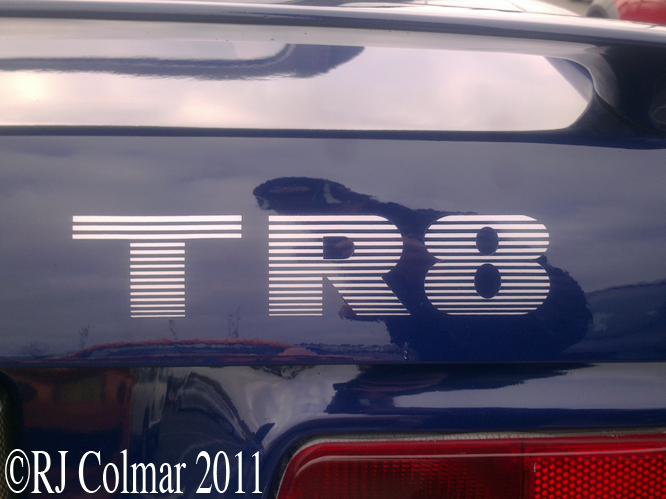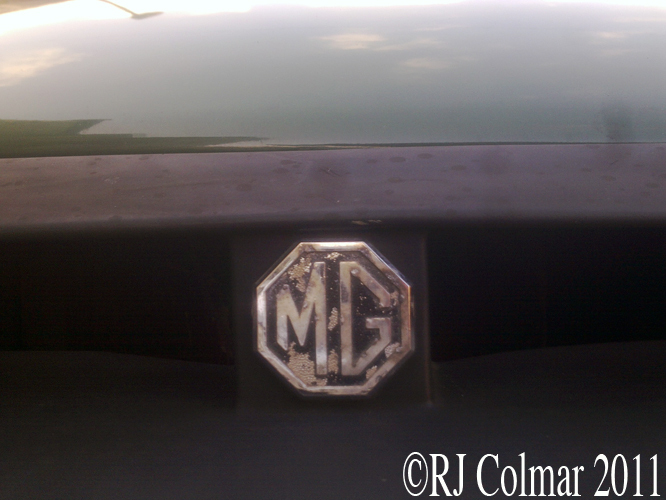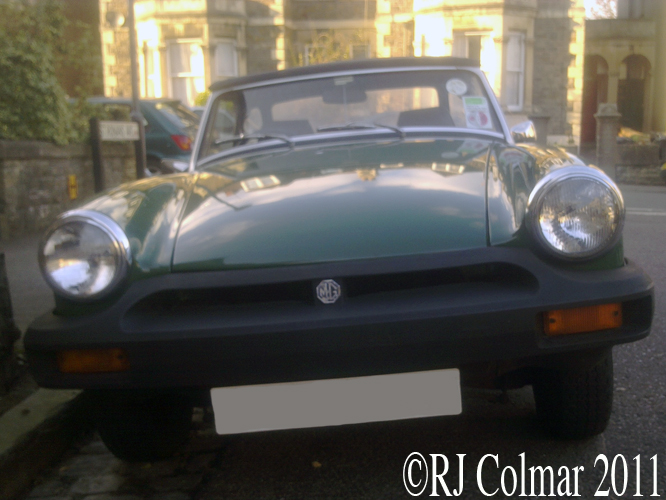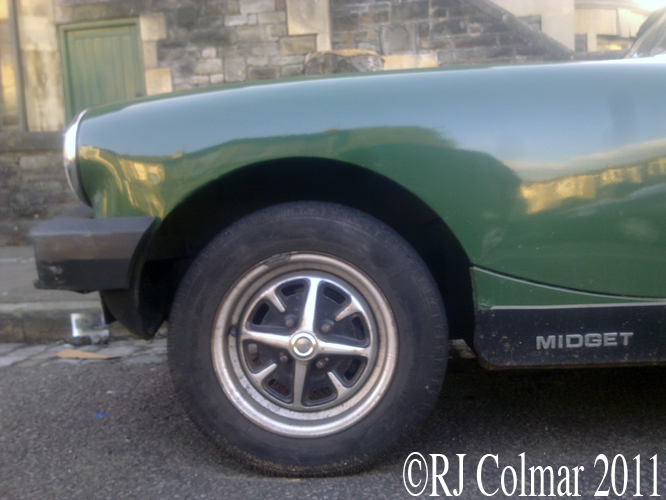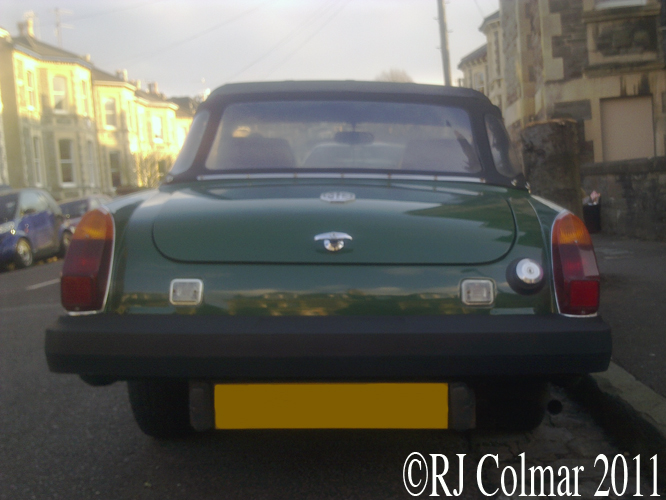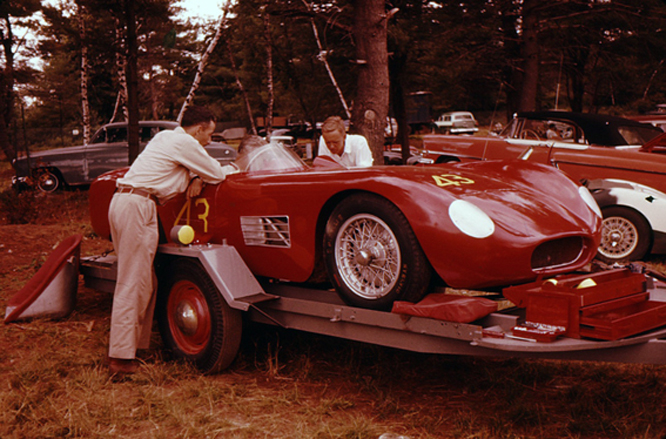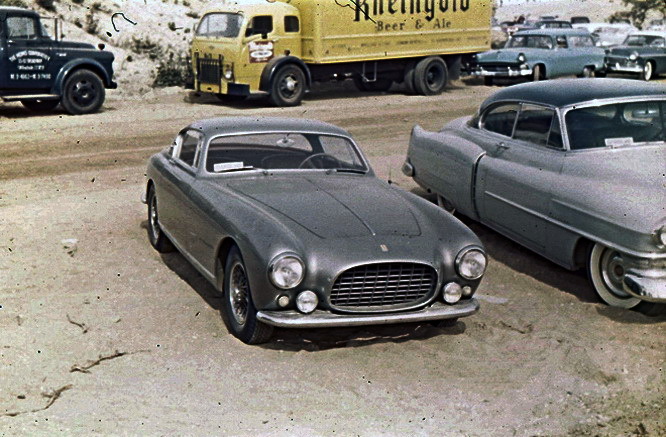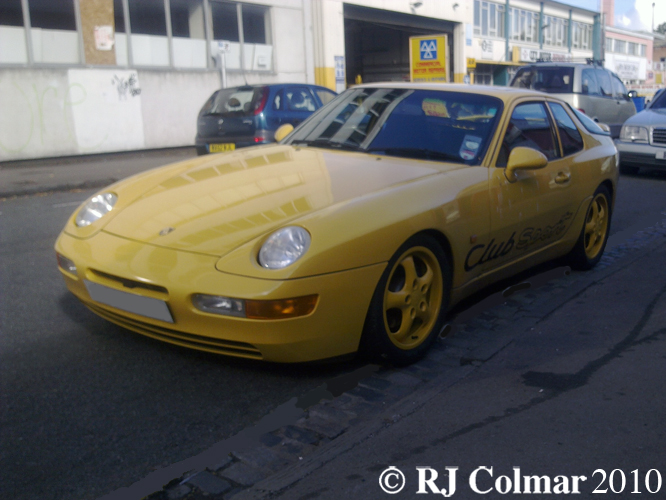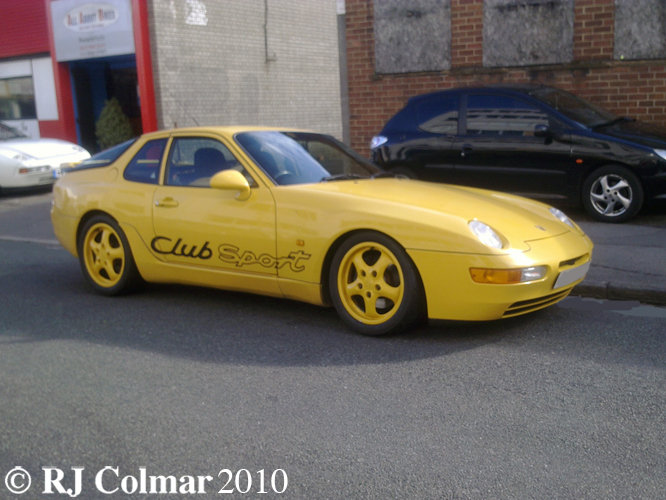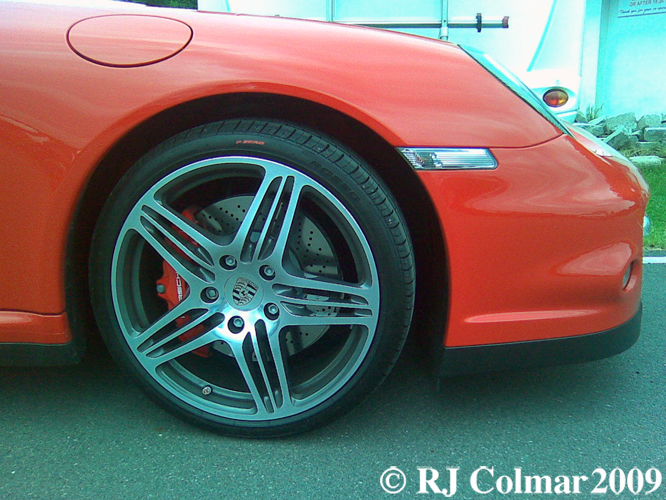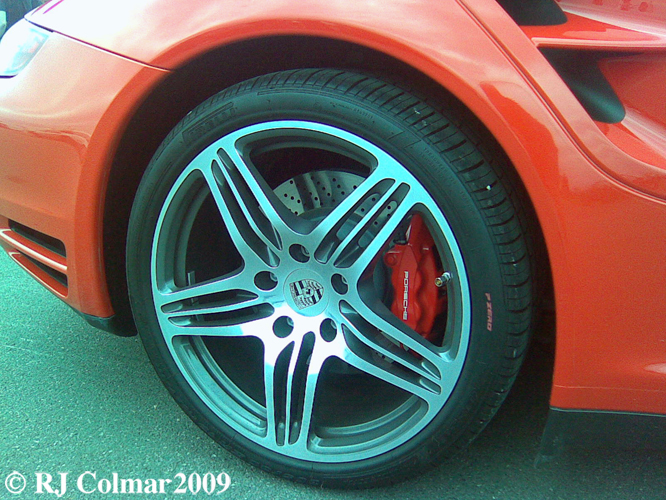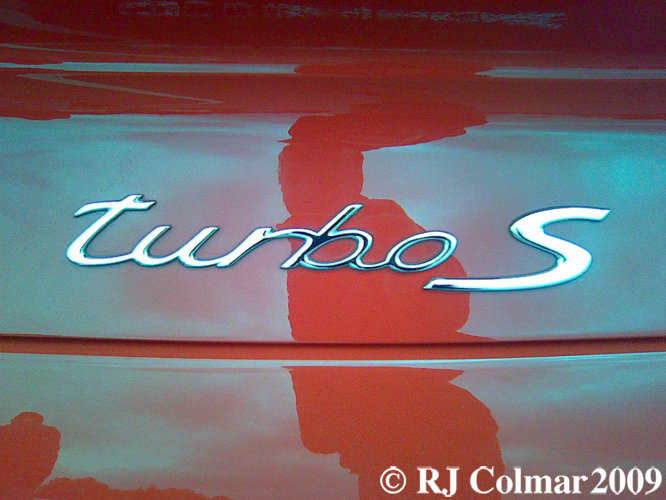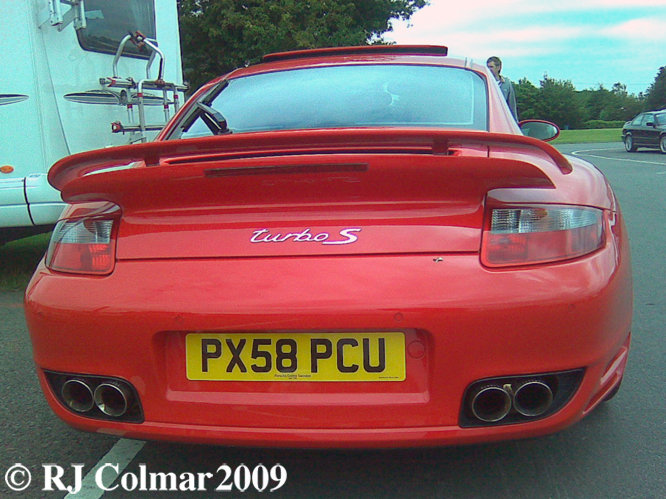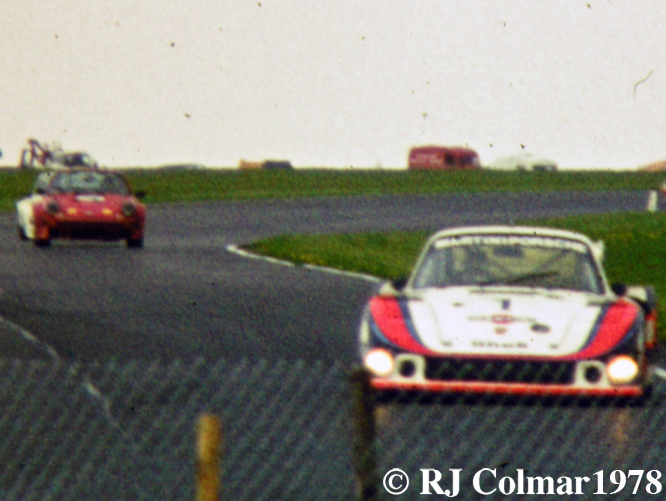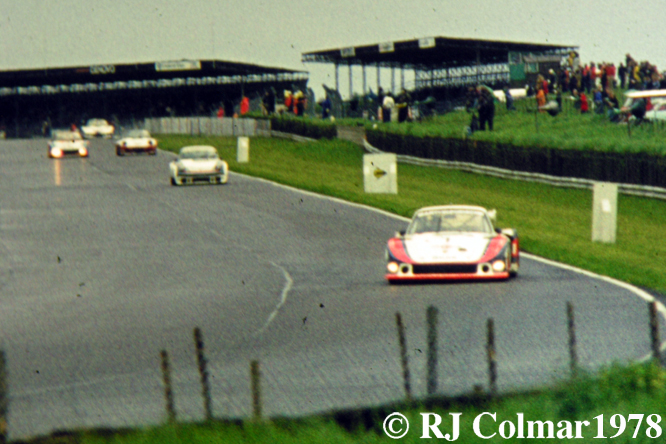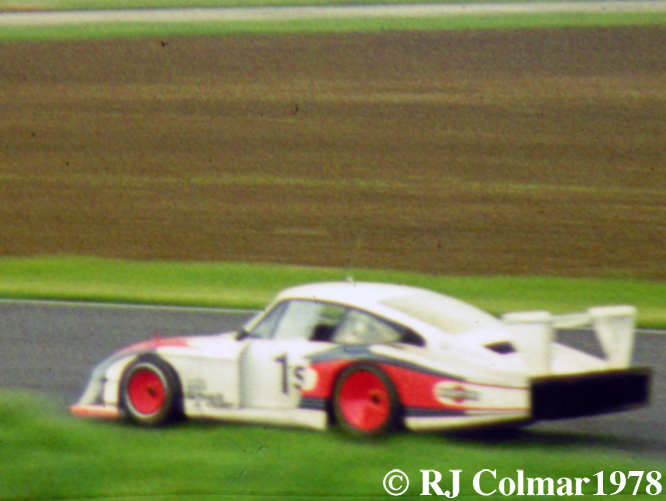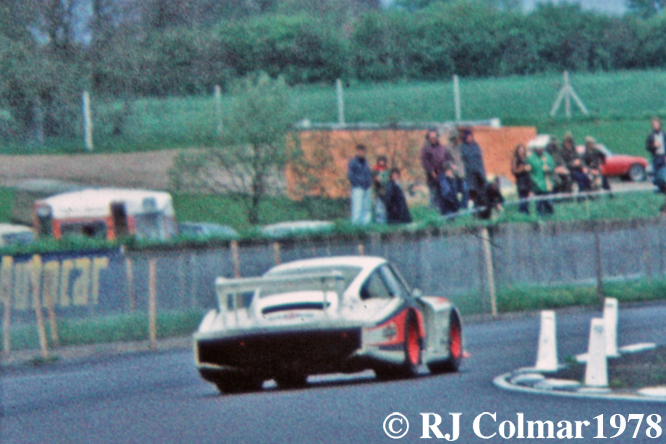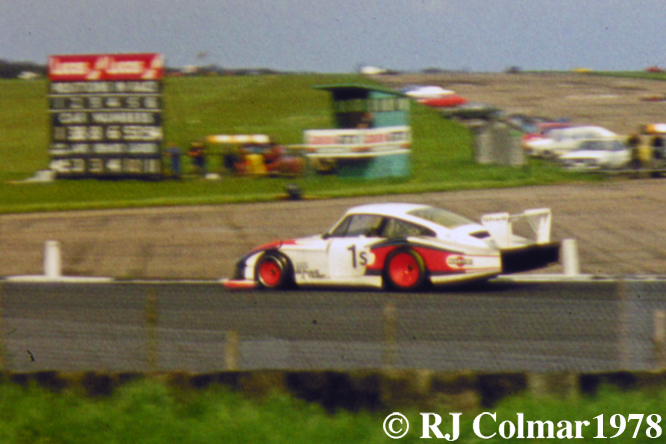I took the 191,000 mile Passat out for a 180 mile spin yesterday to the MINI plant in Cowley just outside Oxford where the PistonHeads had organised a Sunday Service, a free gathering of 800 folks who like to worship their cars.
When I read through the list of vehicles that were booked to attend including a Ferrari California at the top of the list, my sceptical, if it’s too good to be true on the internet it is, side imagined some of those hoping to attend might be having a laugh.
However as evidenced by this very expensive tax disc, many people did in fact turn up in the vehicles promised, of the 50 plus vehicles from 28 manufacturers I photographed there were two current different model Rolling Royces, five Ferraris, helping to secure Ferrari Fridays for a while yet (!), 5 Bristols in 4 flavours a couple of Chevrolets and a 1938 Ford Deluxe Hotrod.
On an absolutely freezing morning the MINI visitor provided a welcome shelter with a completely eclectic collection of Mini’s both originals and Retro models photo’s of which I look forward to sharing in the fullness of time.
The meeting started at 9 am prompt and we were asked to clear the area by 1 pm. Ironically the afternoon drive home was in brilliant sunshine which would have been very welcome while I was taking these pix, but I guess we can’t have everything, certainly not in January.
With over 400 photographs to sort out I thought I’d share a handful of details to give you a flavour of what is to come here at Gettin’ a lil’ psycho on tyres !’
I’d like to thank everyone at Pistonheads and the MINI visitor centre who made my first Sunday Service so much fun and finally I’d like to thank all the PistonHeads who brought such a fascinating collection of vehicles.
Hope you enjoyed some of the details in today’s edition of ‘Gettin’ a lil’ psycho on tyres’ and that you’ll join me again tomorrow for a trip inside the MINI Visitor centre. Don’t forget to come back now !

